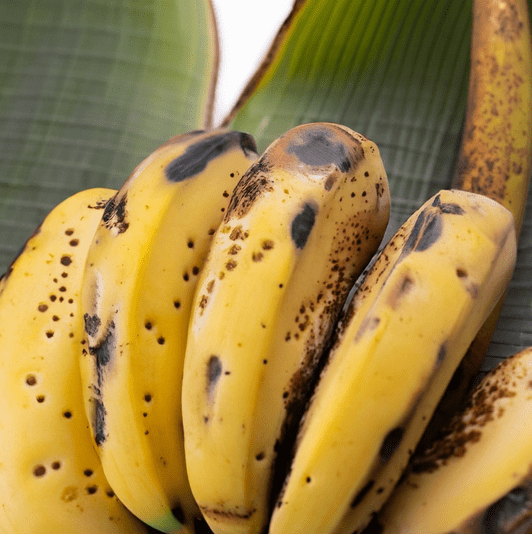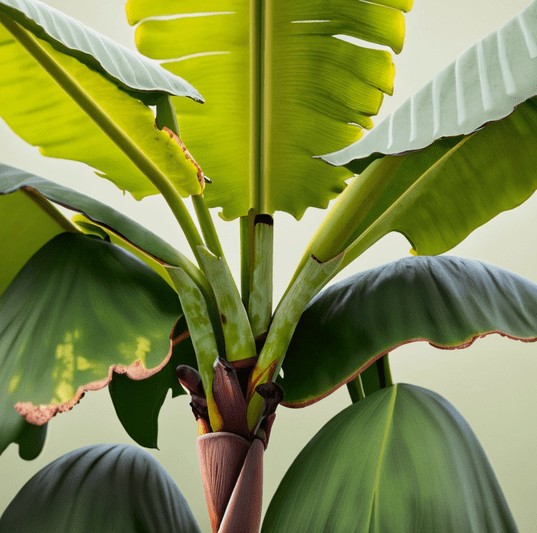Decode the mystery of common diseases in bananas with a guide on “Common Diseases of Banana.” Understand the causes of black spots on banana fruit and discover effective solutions. This guide simplifies the information, making it easy to diagnose and address common banana diseases. Ready to ensure your banana plants stay healthy? Let’s explore the essential steps for tackling common diseases together!
Understanding Common Diseases of Banana Trees
Leaf Spot Disease:
Leaf spot disease is a common fungal infection that affects banana trees. It is characterized by the appearance of small, dark spots on the leaves, which can eventually lead to reduced photosynthesis and overall tree health.
Panama Disease:
Panama disease, caused by a soil-borne fungus, is a severe threat to banana plantations. It can lead to the wilting and death of banana plants, affecting fruit production.
Causes of Black Spots on Banana Fruit
Black spots on banana fruit are often associated with the following factors:
Fungal Infection:
Fungal pathogens, such as Colletotrichum musae, can infect banana fruit, leading to the formation of black spots. These infections often start in the plant’s leaves and spread to the fruit.
Poor Air Circulation:
Inadequate air circulation around banana clusters can create a humid environment that encourages fungal growth. This can result in the development of black spots on the fruit.
Managing Black Spots on Banana Fruit
To mitigate the appearance of black spots on banana fruit and prevent the spread of diseases, consider the following strategies:
Pruning:
Regularly prune banana trees to remove affected leaves and promote better air circulation. This can reduce the risk of fungal infections.
Fungicide Treatment:
Apply appropriate fungicides as a preventive measure or when symptoms of leaf spot disease or fruit infection are observed. Consult with a local agricultural extension office for guidance on suitable fungicides.
Spacing:
Ensure that banana clusters have sufficient spacing to allow air to flow freely. Proper spacing can help reduce humidity and minimize the risk of fungal growth.
Hygiene:
Practice good hygiene by removing fallen leaves and fruit debris from around the banana tree. This helps reduce the presence of disease vectors.
Varietal Selection:
Consider planting banana varieties that are more resistant to common diseases. Some cultivars exhibit greater resistance to fungal infections.
Conclusion
Understanding and managing common diseases of banana trees, such as leaf spot disease and Panama disease, is crucial for maintaining healthy banana plants and ensuring a good fruit harvest. When it comes to black spots on banana fruit, proactive measures like pruning, fungicide treatment, and proper spacing can help minimize the impact of fungal infections and maintain the quality of your banana crop.
Feel free to use this content to educate others about the causes and management of black spots on banana fruit and common diseases of banana trees.



